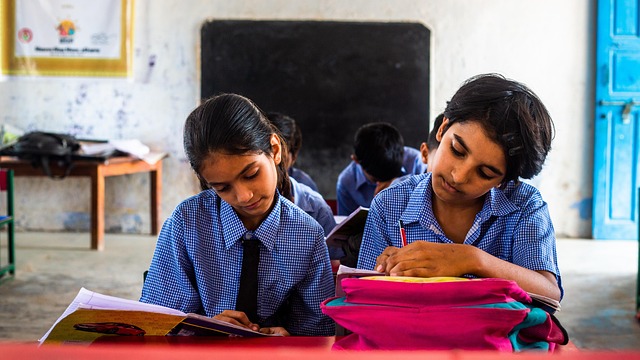
Is NEP the Answer to India’s Education Woes? Experts Weigh In on Its Potential
Reforming education for a brighter tomorrow or another unfulfilled promise?
The National Education Policy (NEP) 2020 has been hailed as a groundbreaking framework designed to overhaul India’s education system, addressing challenges from rote learning to outdated curricula. But is the NEP truly the solution to India’s long-standing education woes, or does its implementation face hurdles too steep to overcome? Experts are divided on its transformative potential.
The Vision of NEP 2020
Holistic and Skill-Based Education
- The NEP aims to shift the focus from exam-centric learning to a more holistic, multidisciplinary approach. By integrating vocational training, critical thinking, and experiential learning, the policy hopes to prepare students for real-world challenges and lifelong learning.
Early Childhood to Higher Education Overhaul
- Starting from foundational learning, the NEP introduces universal access to early childhood education. It proposes a 5+3+3+4 school structure, replacing the traditional 10+2 model, and emphasizes digital learning, inclusivity, and skill development throughout a student’s educational journey.
Ambitious Targets
- The policy sets bold goals, including achieving a 100% Gross Enrollment Ratio (GER) in school education by 2030 and doubling GER in higher education from 26% to 50% by 2035.
The Experts’ Take
Supporters Laud Its Potential
- Many educationists believe NEP addresses systemic gaps. “The emphasis on foundational literacy and numeracy is critical,” says Dr. Ramesh Joshi, a policy analyst. “India’s ASER reports consistently show that nearly 50% of students in Grade 5 struggle to read Grade 2-level texts. NEP’s focus here is promising.”
Critics Question Feasibility
- Skeptics, however, are concerned about the gap between vision and execution. “The policy is ambitious, but where is the funding to back it?” asks education economist Dr. Meenakshi Singh. India currently spends only 2.9% of its GDP on education, far below the NEP’s recommended 6%.
Implementation Challenges
Teacher Training and Infrastructure
- Effective implementation hinges on well-trained teachers and robust infrastructure. However, a recent NITI Aayog report revealed that over 60% of schools lack basic digital infrastructure, and only 30% of teachers feel equipped to handle experiential learning models.
Digital Divide
- While NEP emphasizes digital education, the digital divide remains stark. According to the Ministry of Education, only 39% of rural households have access to internet facilities, raising concerns about equitable access to online learning resources.
Regulatory Overhaul
- The NEP proposes significant reforms in governance, including dissolving the University Grants Commission (UGC) and introducing a single higher education regulator. Experts worry that bureaucratic challenges could delay these structural changes.
The Road Ahead: Making NEP Work
Increased Funding and Accountability
- Experts agree that achieving NEP’s goals requires substantial investment in infrastructure, teacher training, and digital resources. Transparent allocation of resources and regular monitoring will be key to bridging the policy’s ambitious vision with on-ground realities.
Community and Stakeholder Engagement
- Collaboration between governments, educators, parents, and private players is crucial. Programs like public-private partnerships (PPPs) can help enhance infrastructure and accessibility, particularly in rural areas.
Pilot Programs for Testing
- Implementing pilot projects in diverse regions can provide valuable insights into challenges and solutions, allowing policymakers to refine strategies before nationwide adoption.
Conclusion
The NEP 2020 offers a bold blueprint for transforming India’s education system, addressing deep-rooted challenges and adapting to a rapidly changing world. While its vision is promising, its success will depend on careful execution, sustained investment, and inclusive strategies. Whether the NEP becomes the much-needed solution to India’s education woes or another missed opportunity will ultimately depend on the commitment of all stakeholders to turn its ambitious goals into tangible outcomes.


